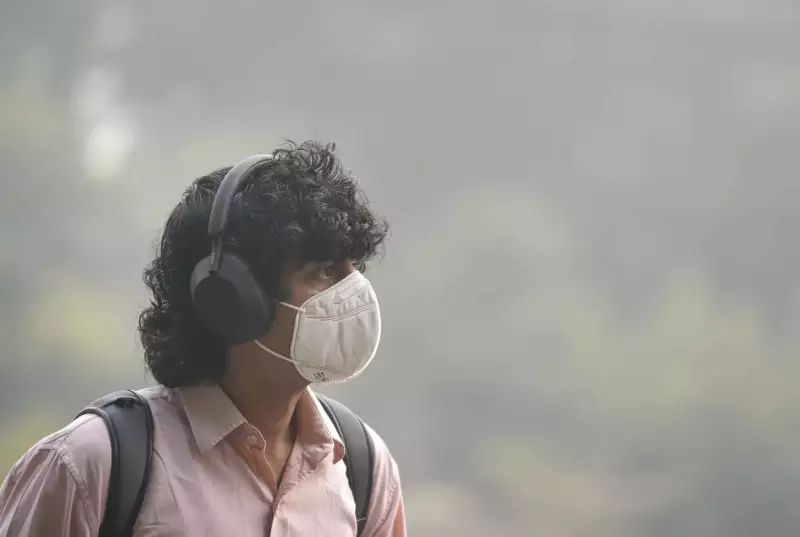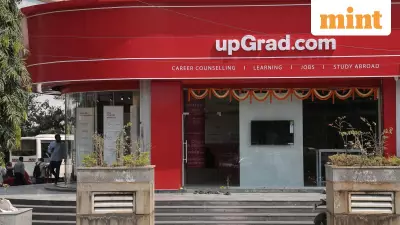
The air quality in Delhi took a severe turn for the worse this week, forcing the city's education system into a sudden recalibration. The Air Quality Index (AQI), a key measure of pollution, witnessed a sharp increase from 362 on Monday to a hazardous 425 by Tuesday morning.
Government's Swift Response and New Guidelines
In response to the deteriorating air, the Delhi government issued a directive impacting a wide range of educational institutions. The order mandates a shift to hybrid learning for all students up to Class 5 in government, government-aided, and recognised private schools. This model allows for a mix of in-person and online classes. However, senior students will continue their education entirely in offline mode to ensure preparation for crucial board examinations and practical assessments.
This educational pivot was triggered by the central government's decision to activate Stage III anti-pollution measures under the Graded Response Action Plan (GRAP). The move has sparked a complex debate among educators across the National Capital Region, revealing a spectrum of support, concern, and calls for caution.
Educators Weigh In: A Divided Opinion
Many education professionals see the logic in shielding the youngest and most vulnerable. Ritu Singh, Coordinator for Early Years at Ridge Valley School in Gurgaon, stated that the hybrid approach makes sense from both a health and developmental perspective. She noted that while younger children can manage short-term online learning, seniors require consistent classroom teaching. However, she issued a critical warning, highlighting that this approach can expose deep-seated inequities in digital access and institutional planning, urging for clear guidelines and support.
Other voices argue for a more comprehensive approach. Anju Verma, Senior PGT English at DAV Pushpanjali, advocated for a broader shift to online classes. She contends that while younger children need special consideration, students from Classes VI to XII are also precious and must be protected from the dangerously high AQI levels. She believes a temporary online shift for all would safeguard health without causing significant academic disruption.
Challenges and Unintended Consequences
Not all feedback has been supportive. Aditi Misra, Principal of DPS Sector-45 in Gurgaon, labeled the hybrid/offline split a flawed decision. She argued that air pollution does not discriminate by age and should not be treated as a problem only for older students. She pointed out a major practical hurdle: younger children at home require constant supervision during online classes, which is often impossible for working parents.
Principal Misra also highlighted a potential paradox in the policy. She observed that when schools are open, a child's outdoor exposure is limited to short periods, like a 40-45 minute break. However, when kept at home, children often end up playing outside in parks for much longer, uncontrolled periods, thereby defeating the very purpose of the health restrictions. She stressed that what is truly needed is a long-term, well-considered policy to combat pollution at its source.
Seeking a Sustainable Path Forward
Amidst the debate, some see room for a middle path. Huda Ansari from Manav Mandir’s Smt NRP Sheth Multipurpose High School in Mumbai described hybrid learning as a sensible balance for younger pupils. She also suggested that even senior classes could benefit from having at least one online day per week, a measure that would reduce exposure while keeping learning on track.
The situation in Delhi underscores a persistent tension between safeguarding children's health and ensuring their academic progress. As the city endures one of its worst annual pollution spikes, the hybrid model appears to be a temporary fix. Educators unanimously point out that the core issue of toxic air remains unaddressed. Without clear, long-term policies and robust infrastructure, both digital and environmental, Delhi's children will continue to face this health hazard year after year, leaving the city in an uneasy compromise between the classroom and the screen.





